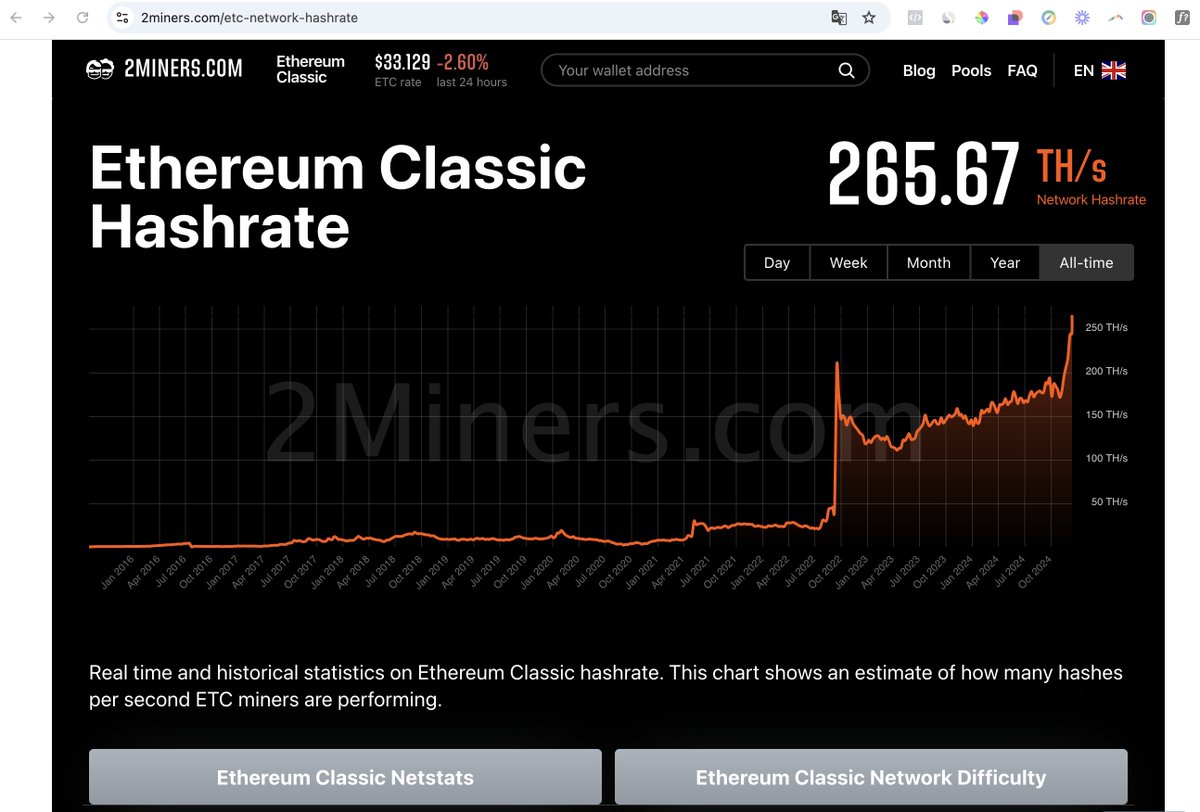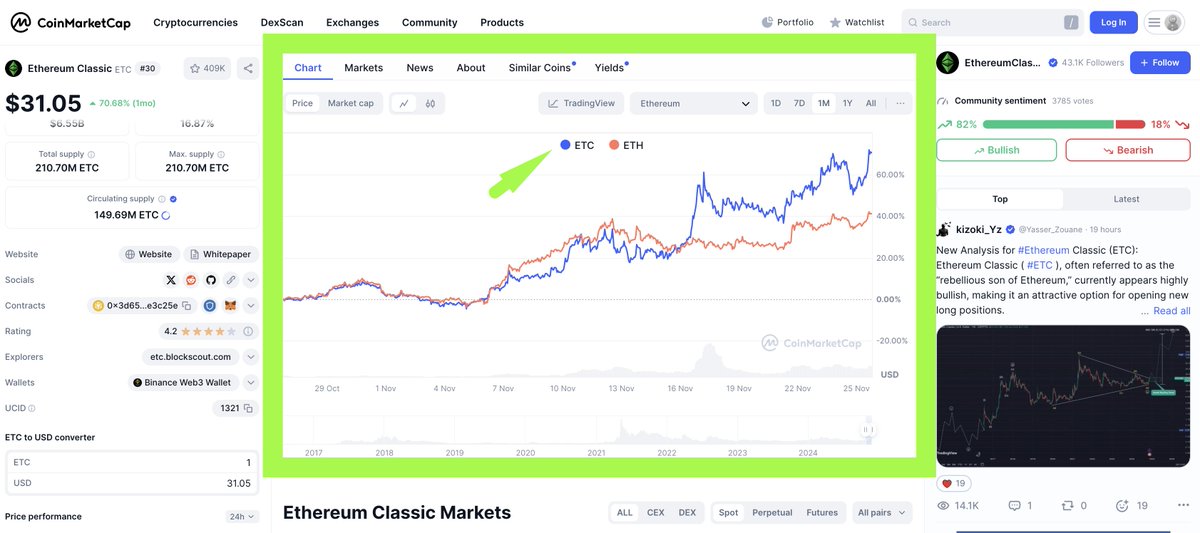1/ The #DAO Incident In 2016, the #Ethereum community faced a massive crisis when the DAO (Decentralized Autonomous Organization) was hacked, draining 3.6M ETH (worth ~$60M at the time). This was a critical moment in Ethereum’s history.
2/ The Code Controversy The DAO was built on Ethereum’s blockchain, and its code contained a vulnerability. Hackers exploited this flaw, raising a philosophical question: Should Ethereum’s blockchain be immutable, or should the hack be undone to compensate investors?
3/ “Code is Law” vs. Intervention A divide emerged: • One group believed in “Code is Law”—the idea that the blockchain should remain immutable regardless of outcomes. • The other group, led by Ethereum’s founder @VitalikButerin, argued for rolling back the chain to restore…
4/ The Fork This debate culminated in Ethereum’s first hard fork. #Ethereum $ETH implemented the rollback, returning stolen funds to DAO investors. However, a subset of the community refused to support the rollback and stuck with the original blockchain, now known as…
5/ Ethereum Classic: Staying True $ETC champions the principle of immutability, stating: “The blockchain is an unalterable record of truth. What happens on-chain stays on-chain.” For $ETC, the code is the ultimate authority.
6/ Ethereum: The Pragmatic Approach @VitalikButerin and the $ETH community took a more pragmatic approach, prioritizing investor trust and the network’s reputation. This rollback set the precedent for a more flexible approach to governance.
7/ The $ETC Philosophy #EthereumClassic retained the original #Ethereum codebase, with a focus on #decentralization, immutability, and #ProofofWork. Its slogan became: “Build Unstoppable Applications.” $ETC emphasizes that human intervention compromises #blockchain…
8/ Challenges Along the Way ETC’s journey hasn’t been easy. It has faced multiple 51% attacks and a smaller developer community compared to Ethereum. However, it has maintained its commitment to “Code is Law.”
9/ #Ethereum vs. #EthereumClassic Today • Ethereum (ETH) is now a #ProofofStake blockchain with a thriving ecosystem of #dApps and #DeFi projects. • Ethereum Classic (ETC) remains a #ProofofWork (like #bitcoin) blockchain focused on immutability and #decentralization,…
10/ Current $ETC Hashrate As of December 14, 2024, #EthereumClassic operates with a network #hashrate of 265.67 TH/s. This robust hashrate reflects the computational power dedicated to securing ETC’s blockchain and its commitment to #ProofofWork.

11/ Why Does This Matter? $ETC stands as a reminder of the core principles of blockchain technology: Decentralization and trustless systems. Its existence keeps the debate alive: Should #blockchains prioritize #immutability or #adaptability?
12/ Whether you align with Ethereum Classic’s “Code is Law” or Ethereum’s more pragmatic approach, both represent crucial paths in blockchain’s evolution. Together, they explore the tension between idealism and real-world challenges. #Ethereum #EthereumClassic #CryptoHistory
If you found this thread valuable, don't forget to retweet and follow me for more insights! 🚀 #EthereumClassic, at its current hash rate, is an underrated gem that’s flying under the radar. Looking for a rocket with a storied, battle-tested legacy? Climb aboard a classic,…
United States 트렌드
- 1. Luka 90.3K posts
- 2. Dodgers 121K posts
- 3. Blue Jays 79.2K posts
- 4. #WorldSeries 102K posts
- 5. #LakeShow 3,199 posts
- 6. Mavs 12.9K posts
- 7. Snell 14.2K posts
- 8. Marcus Smart 3,299 posts
- 9. #TheLastDriveIn 4,095 posts
- 10. #SmackDown 33.2K posts
- 11. Addison Barger 17.2K posts
- 12. Kyshawn George 3,967 posts
- 13. Vando 2,504 posts
- 14. Halo 159K posts
- 15. #BostonBlue 5,451 posts
- 16. Nico Harrison 2,330 posts
- 17. Blazers 10.8K posts
- 18. Reaves 8,599 posts
- 19. Wizards 10.2K posts
- 20. Wolves 23.1K posts
Something went wrong.
Something went wrong.


